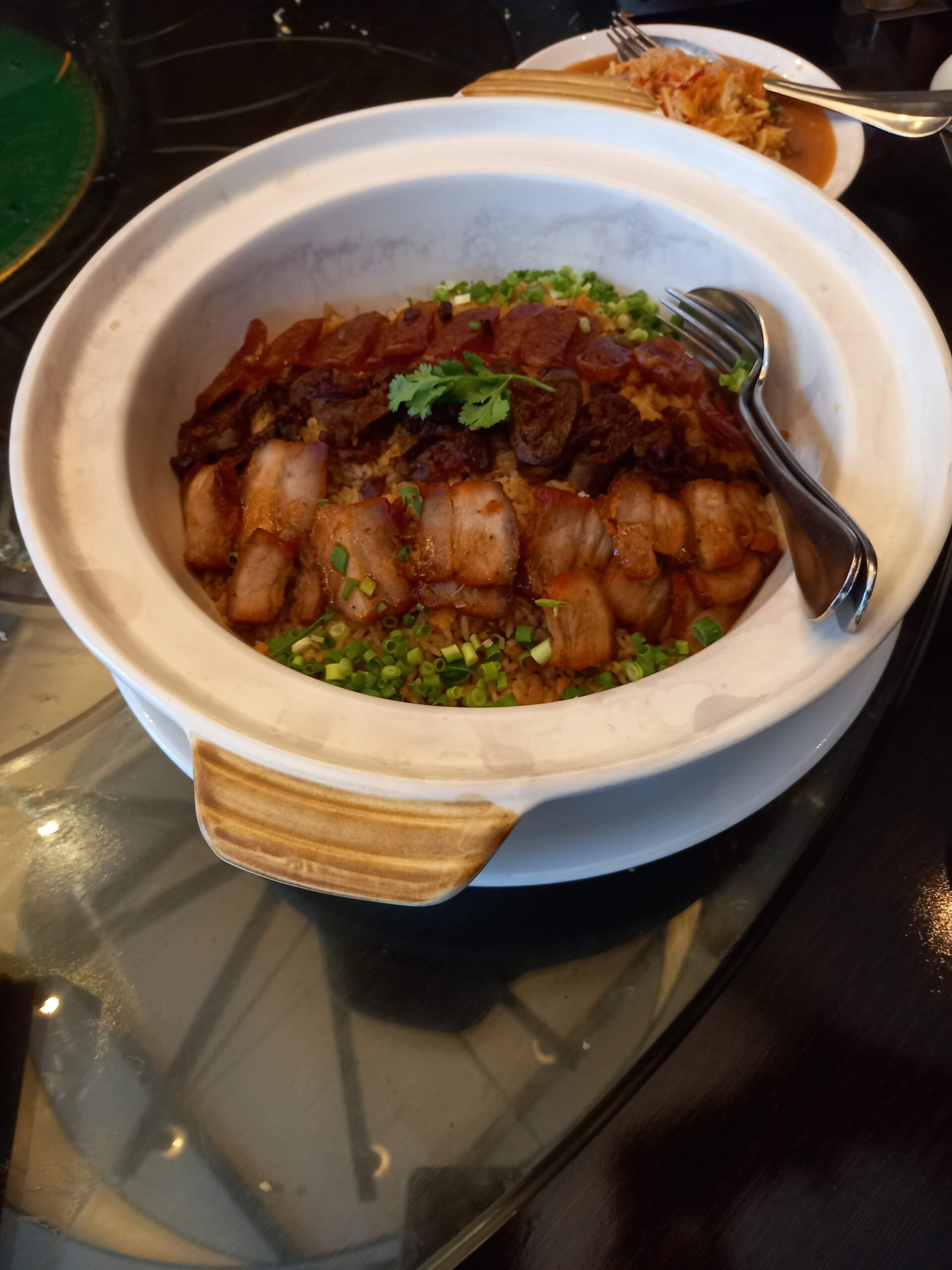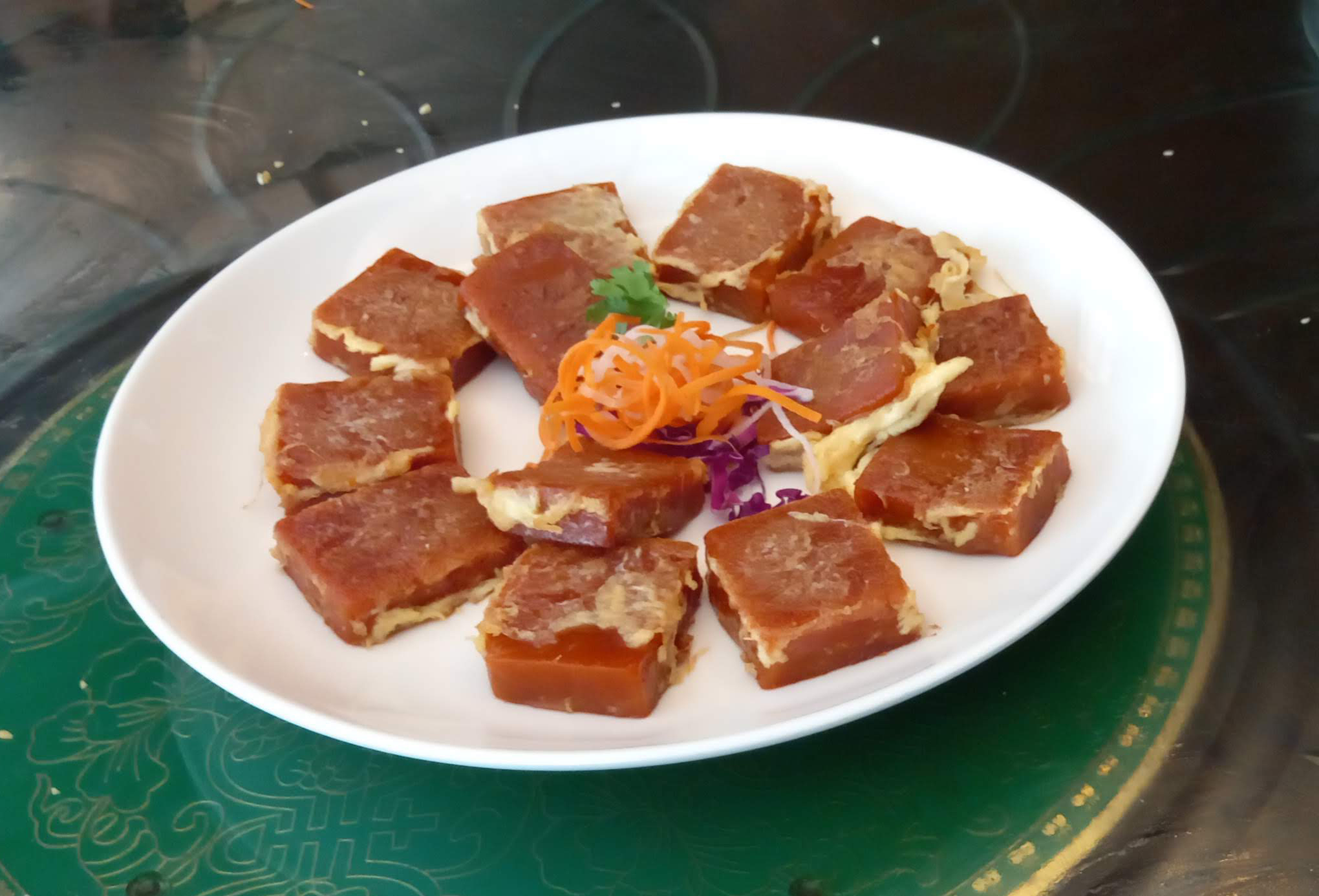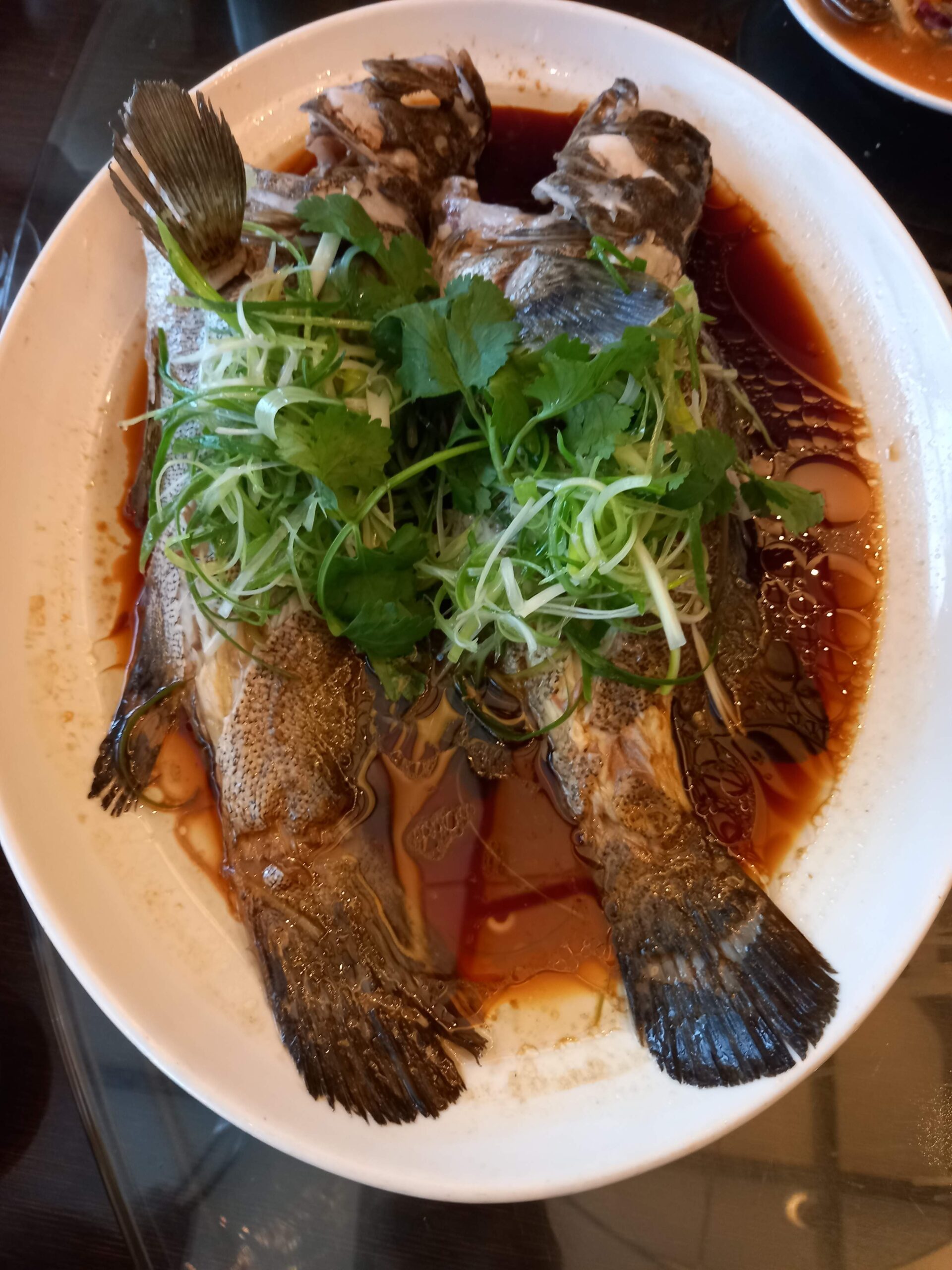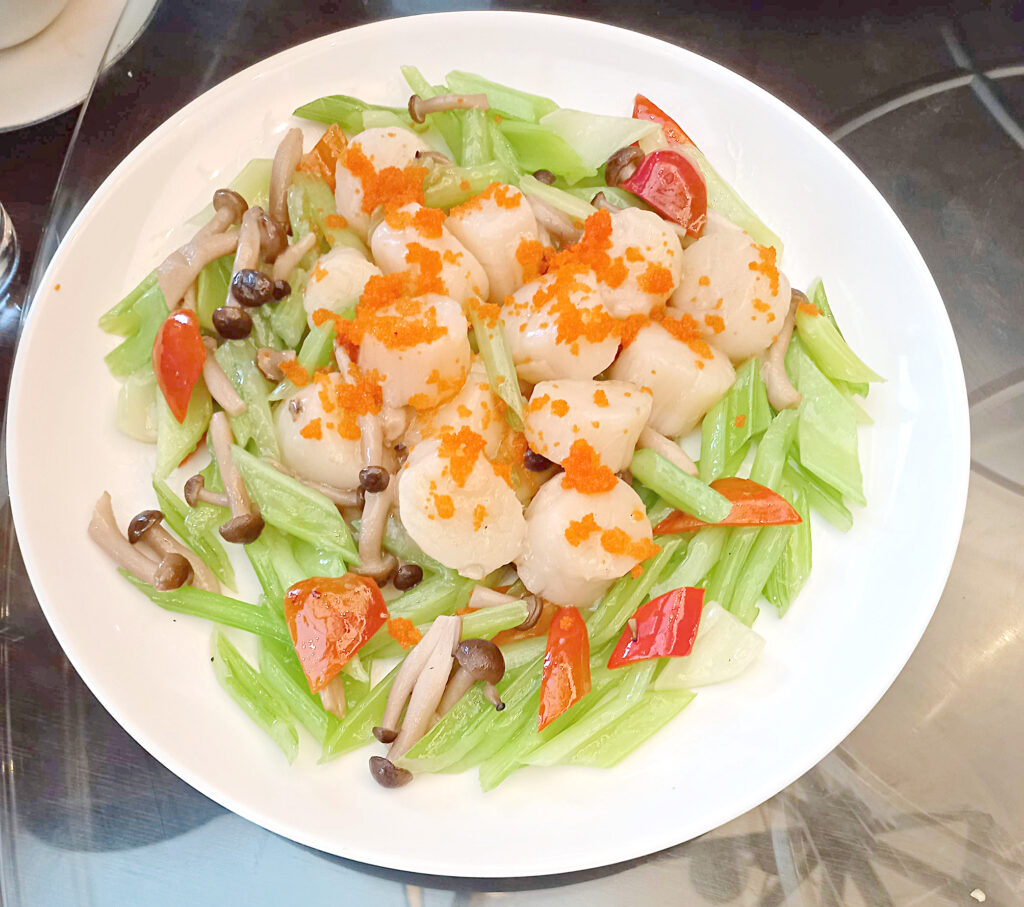This Saturday, 10 February, marks the start of the new year, according to the lunar calendar that has for its basis the cycles of the moon (as opposed to the widely used Gregorian calendar, which is a solar calendar based on a 365-day common year divided into 12 months of irregular length, and it commences on 1 January).
Over the years, the Lunar New Year has become closely identified with China’s traditions in celebrating the festival so much so that it is now widely known as Chinese New Year. Many of those traditions are rooted in feng shui, or the practice of creating harmonious surroundings that enhance the balance of two complementary principles of yin (negative, dark, feminine) and yang (positive, bright, masculine).

The Chinese believe that to attract good luck and make it flourish in the incoming year, there are certain practices to follow. These practices are divided into three timeframes, said feng shui expert Patrick Lim Fernandez at the recent pre-Lunar New Year event organized by the New World Makati Hotel.
Before Lunar New Year
In the nine days leading to 10 February, it is recommended to:
Get a haircut. It doesn’t have to be a complete haircut. It can just be a trim, if you want. This practice signifies leaving old things behind.

Buy new clothes, especially a pair of undergarments, and slippers. This 2024, which is the Year of Wood Dragon, choose any yang color. Meaning something bright and alive. Red is always a popular choice.
Lunar New Year’s Eve
Just a few hours before 10 February, it is suggested to:
Fill your rice bin to the brim with any grain of your choice. Aside from the common white rice, there are other varieties, such as red, brown and black. If you only eat quinoa or adlai, make sure the container where you keep it is filled to the brim. This practice signifies overflowing abundance for the incoming year.

Have round fruits in your house. Unlike in the Filipino tradition of displaying 12 varieties of round fruits to welcome the standard New Year, the Chinese only need five kinds. The recommended fruits are pomelo, orange, pineapple, apple and grape. Make sure to have each fruit variety in twos or any even number. The fruits’ round shape is very much like a coin, which represents money and prosperity.
Put in an angpao or ampaw (lucky red envelope) money amounting to P168. This is to attract a prosperous life. The number 168 in the Chinese language is a homonym that means money coming in.
Lunar New Year’s Day
On 10 February, it is advised to:
Wear new clothes, especially a pair of underpants, and slippers in bright and alive colors. This practice symbolizes having a fresh start in the new year.

Give ampaw to members of the family. The amount of money is really up to you, but a popular choice is anything with an eight figure. So, maybe you can start from P88 and up! Of course, you can welcome receiving an ampaw, too.
Avoid using brooms or vacuum cleaners. It signifies sweeping your luck away.
The Chinese also believe in welcoming the Lunar New Year with some festivities, starting with a lion dance to drive away bad spirits and then ending with a feast to usher in abundance and prosperity. There are particular dishes that have been staple in these feasts, as shared by New World Makati Hotel’s executive chef Brandon Ng, who hails from Malaysia.
First, there’s the Yee Sang or Yu Sheng salad that’s comprised of a raw fish, usually salmon, and some vegetables with a seasoning of sauce, crushed peanuts and fragrant oil. Then the salad is tossed with the use of chopsticks by those you’ve gathered around the table.
Called the Prosperity Toss, this practice is believed to have originated in Malaysia. Chef Brandon pointed out, “It’s for prosperity, strength, love, fortune, betterment for the coming days and months,” adding that the higher the toss, the better. He also advised to make a wish before tossing the food and make noise while tossing. Afterwards, wish everyone at the table a happy new year.
Here’s the Lunar New Year menu at New World Makati Hotel: Braised wintermelon broth of seafood, crabmeat and conpoy; Roasted suckling pig; Red auspicious sweet-sour prawns and cantaloupe; Claypot rice with preserved meat; Stir-fried scallops with shimeji mushrooms and celery; Steamed live groupa with superior soy sauce; Braised whole abalone, dried oyster, mushrooms with seasonal greens; Nian Gao, a.k.a. tikoy; and Sweetened red bean soup with glutinous rice ball.
